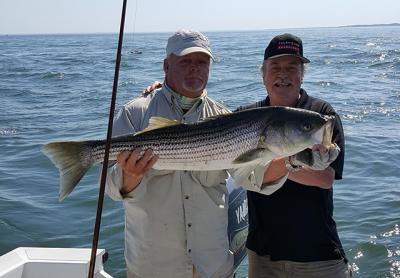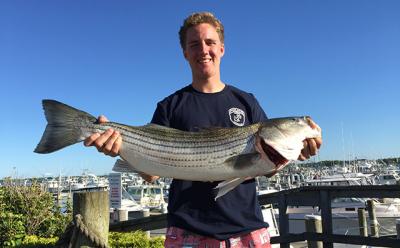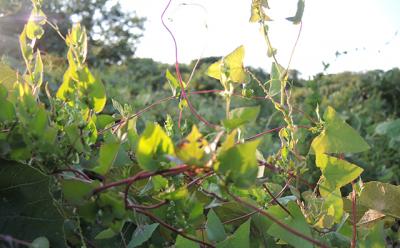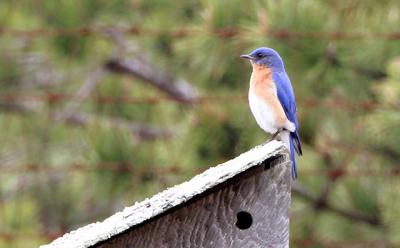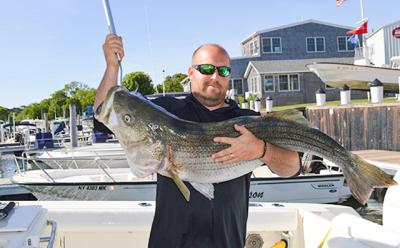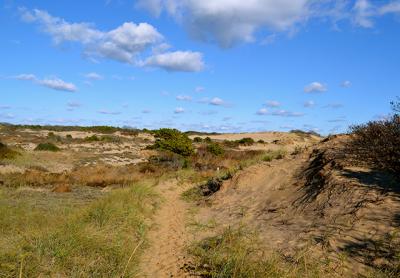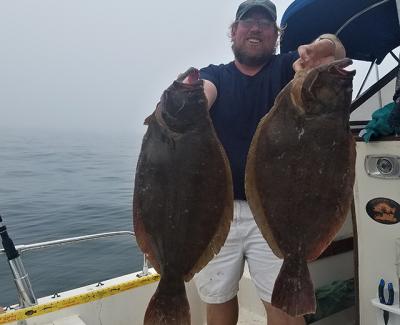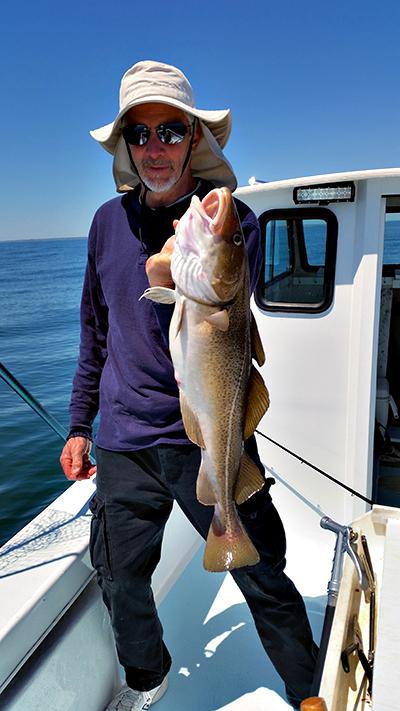Nature Notes: It’s Getting Hot in Here
Nature Notes: It’s Getting Hot in Here
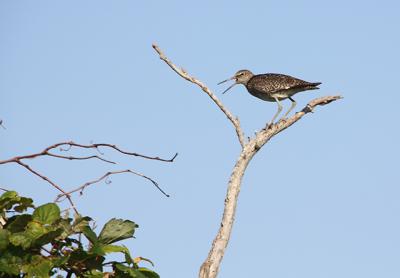
The dog days of summer are supposed to wait until mid-August, but decided to come in July this year. Ouch! Having said that, the way the climate has been heating up in this decade, come August, the days could get even doggier.
It was only 25 years ago when most of us drove around in cars sans air conditioners. I’m reminded of Wernher Von Braun, a Nazi rocket scientist imported by the United States military establishment, who, when asked how it was coming from northern Germany to live and work in the 100-degree days at the Redstone Arsenal in Alabama, replied, “I live in an air-conditioned house, drive back and forth to work in an air-conditioned car, and work in an air-conditioned office.”
The birds have suddenly gone quiet. The night chorusing of snowy tree crickets has yet to start. It’s hard to find a breeze at midday to evaporate the beads of sweat. If it weren’t for the vehicles swooshing by one after another all day long, there would be no breeze at all. The sizzling hot humid days are helping to create conditions that are just right for growing blue-green algae. Throw in a little nitrate, ammonia, and phosphate and you have got yourself a blue-green bloom and a pea-green soup. Not the kind of water you want to swim in, or even smell or look at.
On the other hand, the gardens and farms are flourishing. Potatoes are back and blooming big time. Sweet corn is just around the corner. The fishing community is still eking out a living providing us with fresh fish and shellfish. If it weren’t for the local farmers and local fishermen summer would not taste the same as it did when I was growing up in Mattituck across the bay.
There are four or five coyotes or coy-wolves wandering around now on the South Fork. They’ve been seen in Water Mill, Wainscott, Sagaponack, and elsewhere. Well, when Europeans first settled here, there were lots of wolves, bobcats, and other predatory mammals. They took care of any overpopulation problems amongst their prey. They do a much better job at it than our clumsy United States Department of Agriculture sharpshooters and those that cut the ovaries out of living does in the name of population control. Hell, we can’t even control our own population, let alone those of other vertebrates.
The shorebirds that nest on the tundra each summer after stopping by for a bite or two on the way are already wrapping up their breeding activities, and are already moving south, stopping along the way in places like Mecox Bay, Shinnecock Bay, and any other local waters with shoals and mud flats at low tide that provide a couple of hours of good picking in daylight. A few shorebirds — oystercatchers, least terns, willets, and piping plovers — don’t go much father north than Long Island to breed. Somehow they manage on our beaches and in our marshes year after year, but not without a little help from their human protectors. If you go near their nests when they are raising young they let you know it in no uncertain terms.
You may have noticed an uptick in woodchucks and flying squirrels here on the South Fork. The former are vegetarians, the latter rival crows and grackles in the way they steal nestlings for protein.
Notwithstanding the renewed competition with eagles and the age-old competition with cormorants for food, the ospreys are having a very good year. There are at present four nests within a couple of miles of one another on either side of Long Beach Road, which runs between Noyac Bay and Sag Harbor Cove. All have at least two young beginning to flap their wings in anticipation of their flight lessons. Apparently, there are enough fish around to feed us and the fish-eating birds, a very good sign if you are a fisherman or fisherwoman.
This year, for the first time ever, I would guess, there are more fish crows around than common crows. Outside my window every afternoon the fish crows’ calls drown out the others. It’s as if the larger species and longtime inhabitants, have given in to the smaller interlopers. But since fish crows are suited for urban and suburban areas, it’s also a sign that the East End is becoming more and more citified with each passing year. Newsday quotes a local official that Montauk is becoming upscale, a euphemism for “gentrified.”
As we run out of open parcels on which to build, no worry, just raze another house and replace it with a bigger one. If it weren’t for the 2-percent community preservation fund tax where would we be?
Then we have the green energy people getting more boisterous by the minute. A bunch of them now want to cut forests down to make room for solar panels, another bunch wants to muddy up the seas with wind turbines. Add up all of the free spaces represented by residential house roofs, those of big box stores, schools and institutions, parking lots, and other non-vegetated spaces and you could produce enough solar energy to light up the entire South Fork. Maybe we should return to the ways of the 1930s and play all athletic contests, professional and amateur, during the day, and use only LED lighting for public and commercial spaces. How about our political leaders preaching conservation of our resources? Drive less, take trains and buses, bike more, walk more, turn out lights when not in use, pee on the ground instead of in the toilet, have smaller families, live in smaller houses, and raise veggies and chickens in the backyard. What ever happened to the notion of zero population growth? If we had taken President Carter seriously back in the late 1970s we would be much further ahead than we are now.
Several scientists have been quoted as saying the oceans are dying. The Gulf of Mexico, an important arm of the Atlantic Ocean, may never recover from British Petroleum’s $51 billion oil spill. Come on, folks, it’s now or never.
Larry Penny can be reached via email at [email protected].

